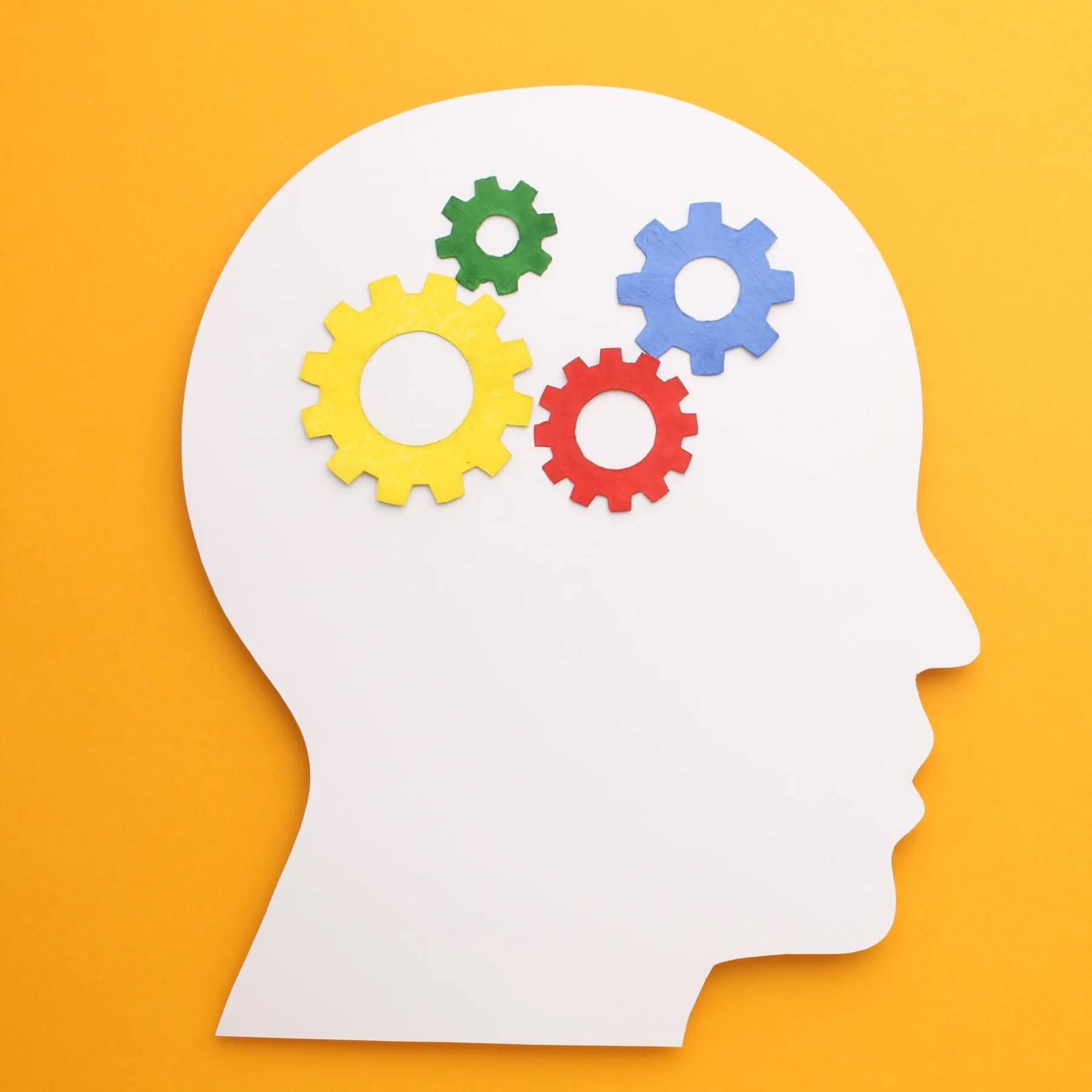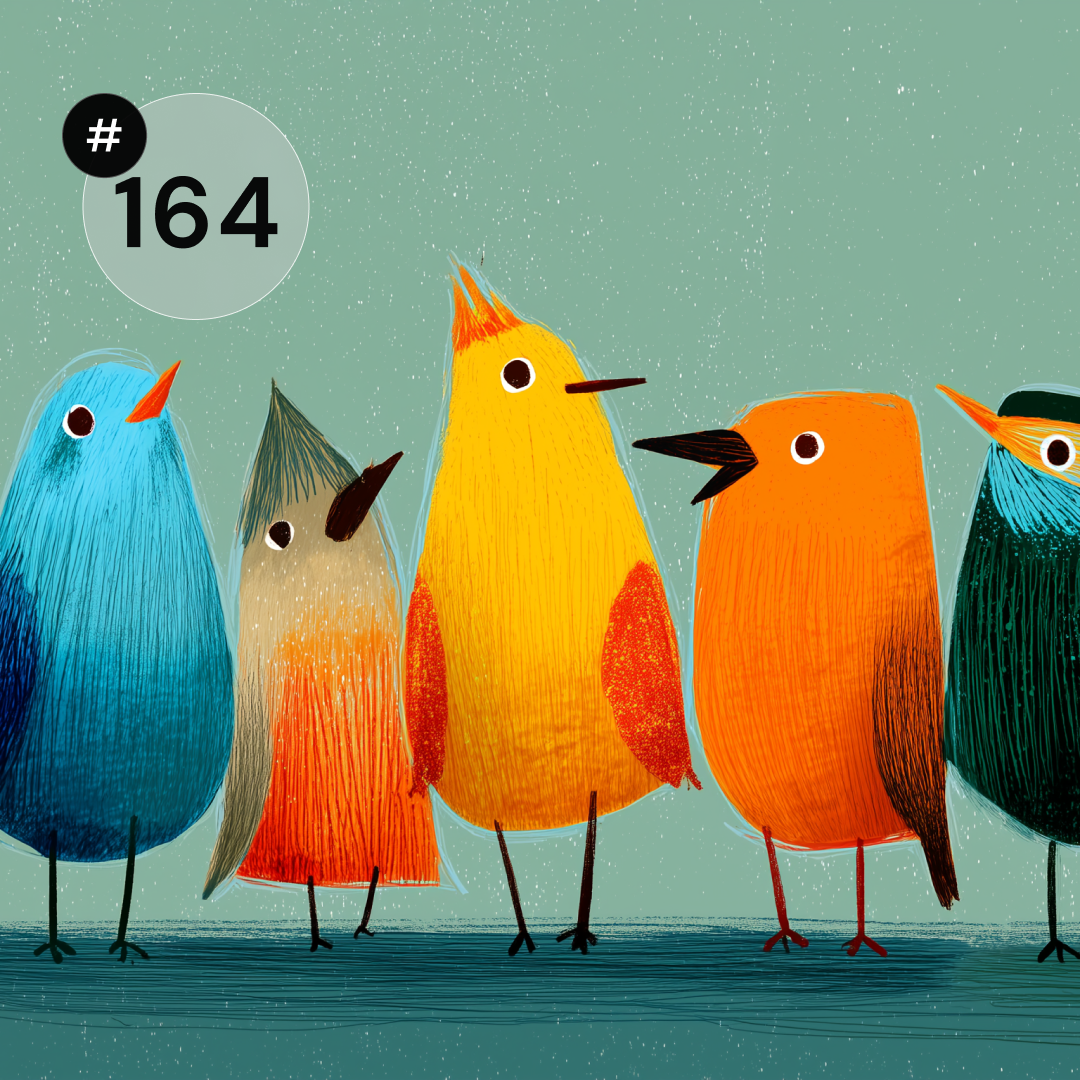The beginning of summer, time to relax and catch up with readers. Before you get absorbed in a hammock, beach or lake - we have a fresh overview of articles from the industry for you.
In today's newsletter you will read about:
☀️ Psychology of attention
☀️ heuristic evaluation
☀️ Perfect design process
☀️ Good practices for creating navigation in e-commerce.
{{pub-block}}
Heuristic evaluation - step by step instruction
Professionals of the Nielsen Norman Group suggest how to carry out heuristic evaluation in an effective and methodical way to identify design problems in the interface. From the article you will learn when to start such an analysis, in what situations it will be useful, what elements it should consist of and who should conduct it. Each stage is described step by step, taking into account the tools that can be used and the effects that we should expect.
Psychology of attention
Staying with the interfaces, we recommend article UX Planet presenting the importance of attention psychology in the design process. In the introduction we read that attention is the ability to actively process specific information in the environment while ignoring other details. There are several principles, the knowledge of which helps to understand how people perceive and navigate digital interfaces. What matters is the proper distribution of the content, the creation of understandable messages, but also the emotions that are evoked in order to focus the attention of the audience. Conscious design is the consideration of the psychological aspect of attention, which translates into the creation of a satisfying and effective user experience.
Does the perfect design process exist?
In keeping with the previous topic, we would like to draw your attention to blog text Smart Interface Design Patterns, in which the author ponders what an effective (and perhaps ideal) interface design process looks like. It clearly indicates the essence of defining the objectives of the project and understanding the needs of the users as the foundation for successful design. Testing, collaboration, continuous optimization and flexibility in the face of changes should also be a constant part of the process - are there other factors? What is the “perfect” design process?
Navigation in e-commerce: good practices
Baymard Institute presents a set of recommendations about optimal navigation in online stores. Among them are, among others, minimizing categories and menu levels, betting on simplicity and intuitiveness in structures, and using activity indicators. We encourage you to read the entire article to find out what else can be used in optimizing navigation in e-commerce sites. Properly designed navigation helps to find products more easily, increase conversions and, most importantly, improve the overall shopping experience.
A corner of knowledge and inspiration
The world is alive to last week's Config conference. For those of you who have not had the opportunity to follow the event live, Figma has prepared a summary and direct description of the latest features. And at the very end we throw something into a pile of books waiting for their turn on the cabinet next to the bed - reading list for those who want to explore the topic of UX writing.
Related publication
Check out our latest publication which makes a great addition to this post! You will learn more about best practices in the field of e-commerce.












